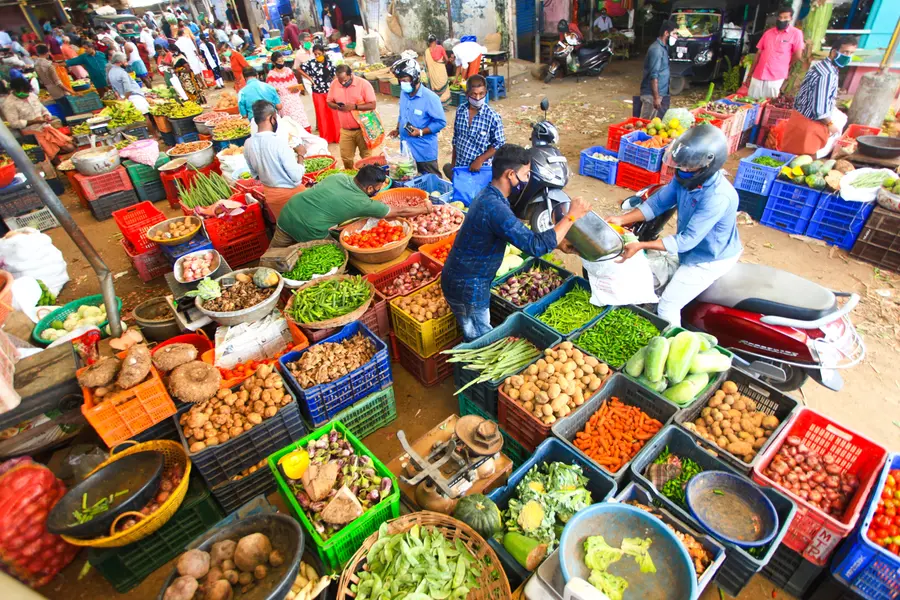Context:
According to recent data, Telangana recorded the lowest inflation growth rate in May 2025, at just 0.55 percent, based on the Consumer Price Index (CPI). This makes Telangana rank third after Kerala (6.46%) and Punjab (5.21%) in terms of the lowest CPI increase nationally. While the national average inflation growth rate stood at 2.82 percent, Telangana’s figures highlight a notable control over rising prices of essential commodities compared to many other states.

Other state inflation rates (May 2025):
• Kerala: 6.46%
• Punjab: 5.21%
• Kashmir: 4.55%
• Haryana: 3.67%
Telangana’s CPI:
• May 2024: 200.6
• May 2025: 201.7
• Increase: 0.55%
National CPI:
• May 2024: 187.7
• May 2025: 193.0
• Increase: 2.82%
About Consumer Price Index (CPI):
- The CPI is a vital macroeconomic indicator that measures the average change over time in the prices paid by urban and rural consumers for a market basket of consumer goods and services. It reflects the cost of living and is widely used by governments, businesses, and individuals to understand inflation and its impact on purchasing power.
- Calculation Methodology: CPI is calculated by taking price changes for each item in the predetermined basket of goods and averaging them. The base year (currently 2012 for the CPI-Combined released by CSO/NSO) serves as a reference point with an assigned value (e.g., 100 points). The index then shows price changes relative to this base.
Other Measures of Inflation:
- Wholesale Price Index (WPI): Measures price changes at the producer or wholesale level. Unlike CPI, it doesn’t include services. It is significant for tracking inflation in the manufacturing sector.
- Producer Price Index (PPI): Measures the average change over time in the selling prices received by domestic producers for their output. It’s an indicator of inflationary pressures from the production side.
Headline vs. Core Inflation:
- Headline inflation: Refers to the total inflation in the economy, including all components of the CPI basket, even volatile items like food and fuel.
- Core inflation: Excludes volatile components like food and energy prices to provide a clearer picture of underlying long-term inflation trends.
Types of Inflationary Pressures:
- Demand-Pull Inflation: Occurs when aggregate demand in an economy outpaces aggregate supply, leading to higher prices.
- Cost-Push Inflation: Arises from an increase in the cost of production (e.g., higher raw material prices, wages, or taxes), which producers pass on to consumers through higher prices.
National CPI Average and Trends:
- The Reserve Bank of India (RBI), as the central bank, is primarily responsible for maintaining price stability (controlling inflation). It uses various monetary policy tools such as:
- Repo Rate: The rate at which commercial banks borrow money from the RBI.
- Reverse Repo Rate: The rate at which the RBI borrows from commercial banks.
- Cash Reserve Ratio (CRR) and Statutory Liquidity Ratio (SLR): Tools to manage liquidity in the banking system.
- Inflation Targeting Framework: Since 2016, the Indian government, in consultation with the RBI, has adopted an inflation targeting framework. The current target is 4% +/- 2% (i.e., 2% to 6%) for CPI inflation. This provides a clear mandate for the RBI’s monetary policy.
- Impact on Economy: The national CPI directly impacts the purchasing power of individuals, wage negotiations, and overall economic stability. High inflation erodes savings and can discourage investment.

